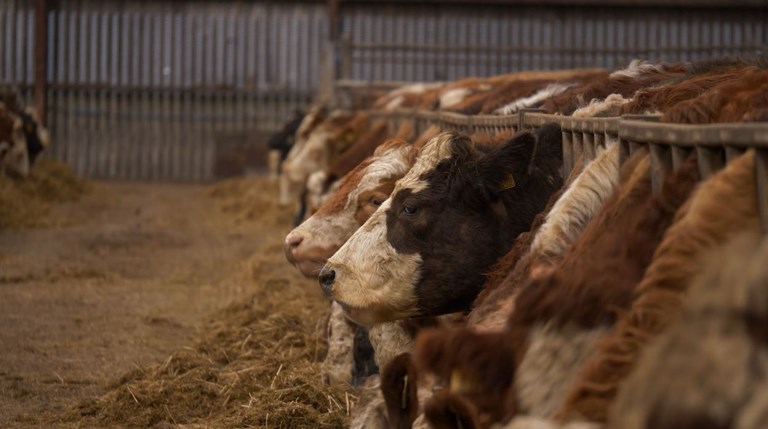Low Barley Prices Could Sour Rumen Health This Winter

With spring barley yields hit hard by this summer’s dry weather, many farmers are seeing high screenings and elevated nitrogen levels. That means a lot of barley that would normally head for the malting market is now being redirected into animal feed.
At current prices—around £135–£145 per tonne—barley is both affordable and abundant. For some, this opens the door to intensive finishing or ad lib cereal feeding, especially where silage stocks are tight and fat prices remain strong.
But before diving into ad lib feeding, it’s crucial to protect rumen health and ensure optimal growth performance. Here’s what you need to know:
1. Get Your Barley Analysed
Barley quality is highly variable this year, especially in terms of protein content. A small change in nitrogen can mean a big difference in protein:
- 1.4% N = 8.75% protein
- 1.8% N = 11.25% protein
For a 600kg bull ration, that difference could mean needing an extra 0.9kg/head/day of rape meal to maintain performance. Knowing the dry matter is also essential for balancing rations correctly.
2. Don't Overprocess the Grain
Dried barley tends to shatter easily. Aim for a light crack—just enough to make it digestible. Overprocessing increases the risk of acidosis.
3. Add Digestible Fibre
Include 10–15% sugar beet pulp or soya hulls in the mix. This helps balance starch intake and supports rumen function.
4. Provide Clean Water and Long-chop Straw
Always offer clean water and long straw—not just bedding straw. Long fibre encourages cudding, which boosts saliva production and helps buffer rumen acidity.
5. Consider Rumen Buffers or Yeast
During the transition to ad lib feeding, adding a rumen buffer or yeast product can help reduce the risk of acidosis. Yeast also improves feed conversion efficiency.
6. Transition Slowly
Build cattle up to ad lib feeding over 3–4 weeks. Take nutritional advice when creating a home mix and planning the transition.
7. Keep the Hopper Full
Never let the hopper run empty. If cattle gorge when it’s refilled, they’re at high risk of acidosis.
8. Ensure Good Feed Access
Especially during the adaptation period, make sure all cattle can eat at once. Poor access leads to uneven feeding patterns and increases acidosis risk in less dominant animals
Silage quality is also variable this year. Get it analysed to ensure it suits the type of cattle or sheep you’re feeding. If in doubt, consult a nutritionist.
Low barley prices may offer an opportunity this winter, but it’s vital to manage the risks. With careful planning and attention to rumen health, farmers can make the most of this feed option without compromising animal performance.
Posted by SRUC Veterinary Services on 14/10/2025
